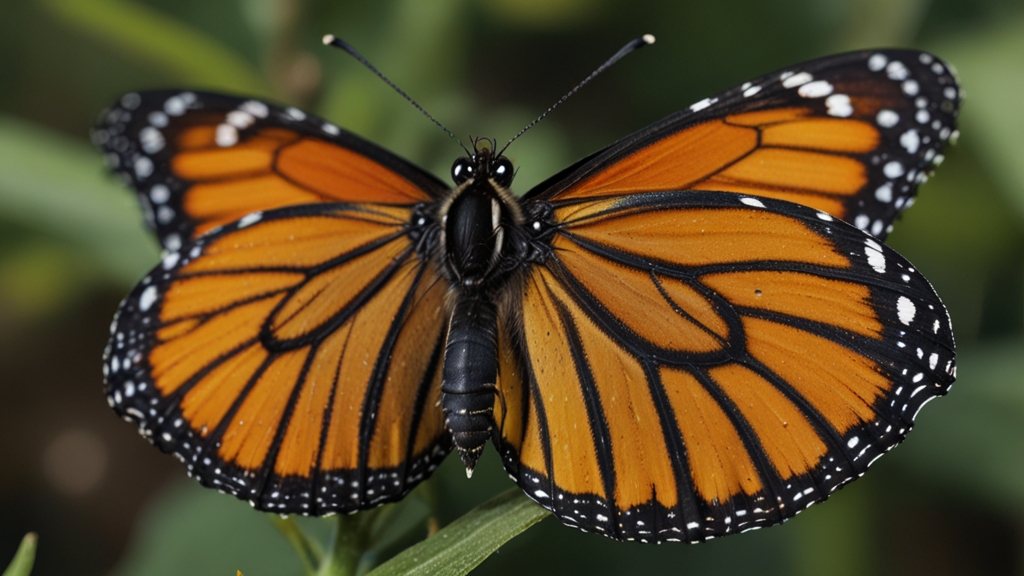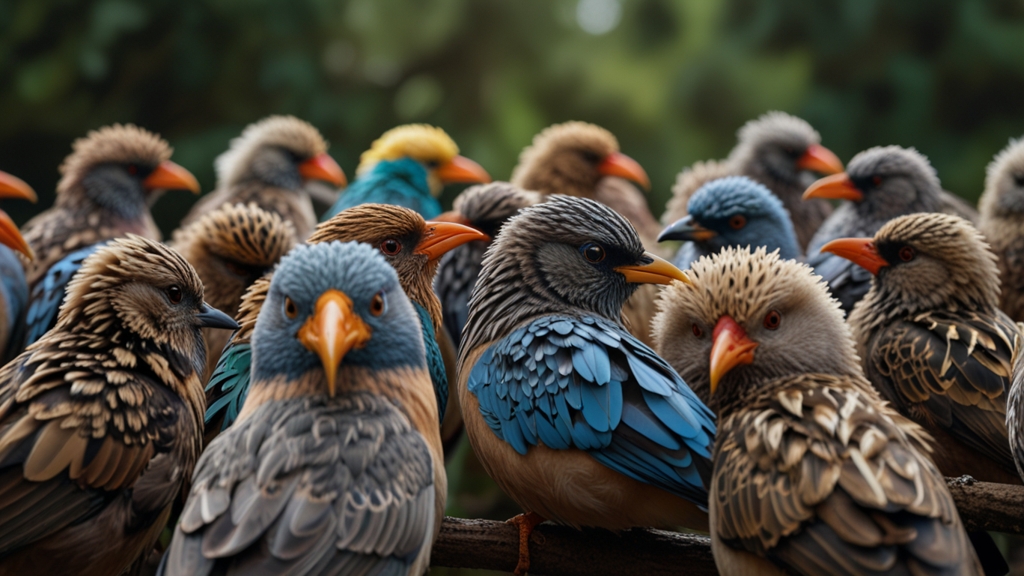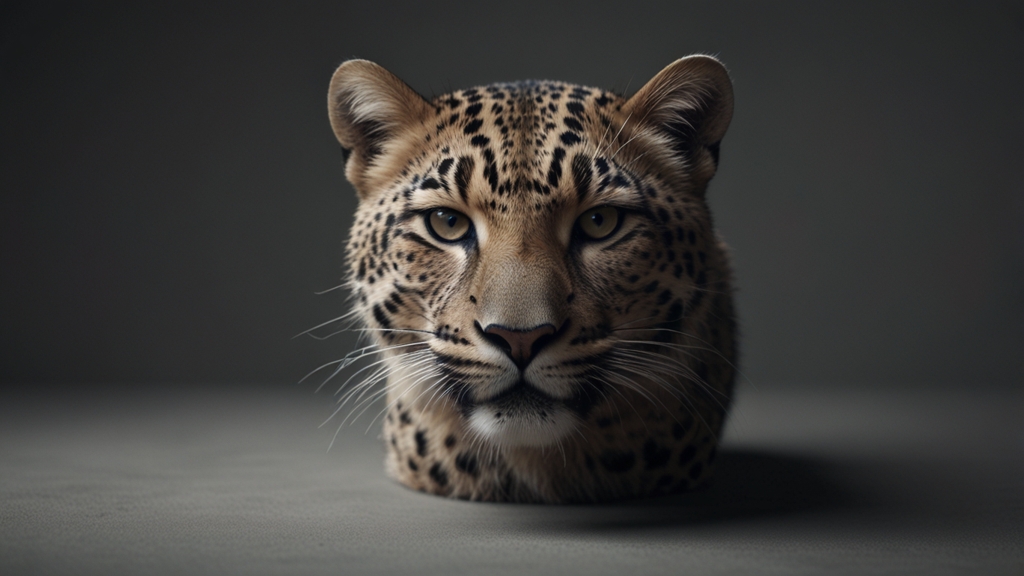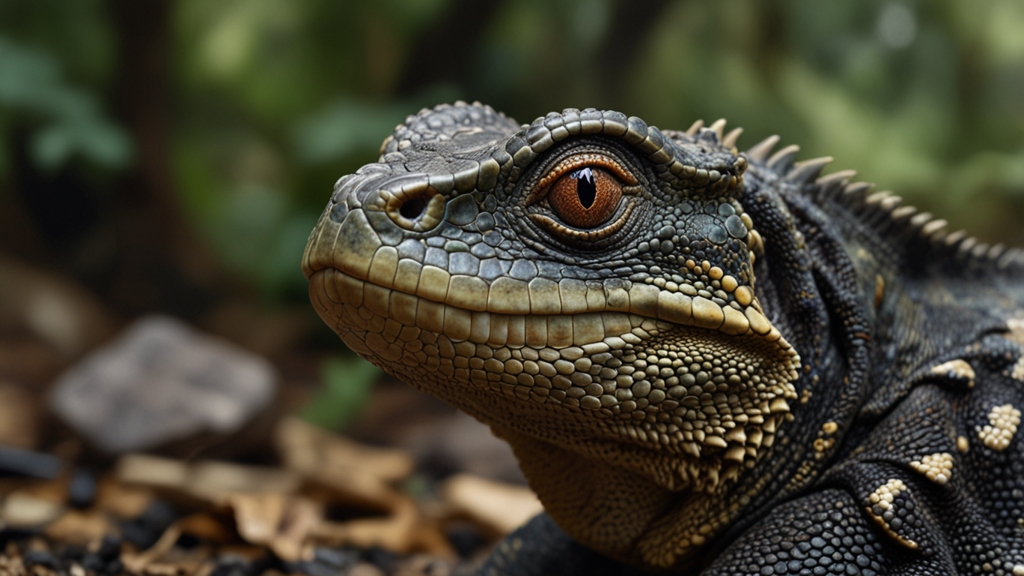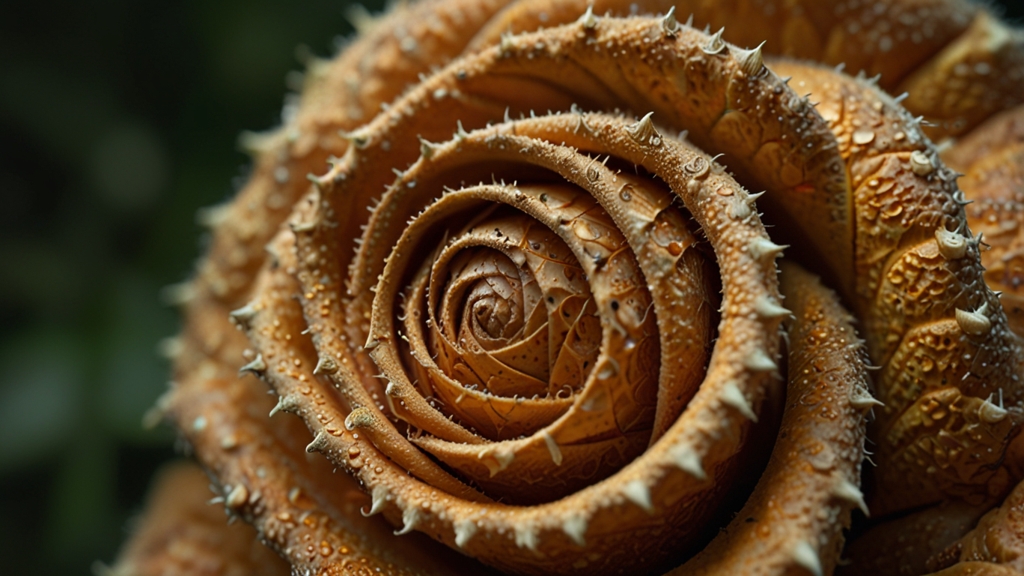The Amazing Transformations of the Monarch Butterfly: A Journey of Survival
The monarch butterfly, with its striking orange and black wings, is one of the most recognized and admired insects in the world. However, it's not just the butterfly's beauty that captivates us; it is the incredible journey and transformations it undergoes throughout its life. This journey isn't merely about transitions but also about survival against many odds.
The Egg: The Beginning of Life
The life cycle of the monarch butterfly starts with a tiny, almost inconspicuous egg laid on the underside of a milkweed leaf. The female monarch is very particular about where she lays her eggs as the milkweed plant is the primary food source for the hatching larvae.
Each female can lay up to 500 eggs, with each egg measuring about 1.2 millimeters in size, resembling a pale, glistening drop of dew.
Within four to five days, the eggs hatch, and the first instar of the monarch caterpillar emerges. These minuscule larvae are vulnerable to predators and various environmental factors. The journey of survival begins the moment they break free from the egg sac.
The Caterpillar: A Phase of Rapid Growth
The caterpillar stage, also known as the larval stage, is one marked by insatiable hunger and rapid growth. These colorful caterpillars, adorned with black, white, and yellow bands, feast on milkweed leaves, consuming vast amounts to fuel their development.
The caterpillar will increase its body mass by about 2000 times from when it first hatches to when it is ready to pupate.
The larval stage is crucial for energy accumulation, which will be essential during the butterfly's metamorphosis and subsequent migratory journey. Monarch caterpillars undergo five instars, or molts, shedding their skin to accommodate their growing bodies. Each molt brings them closer to entering the next breathtaking phase of life.
The Chrysalis: The Marvel of Metamorphosis
Once fully grown, the caterpillar seeks a secure spot to pupate. It creates a silk pad from which it hangs upside down in a "J" shape. Then, it molts one last time to form a beautiful jade-green chrysalis, dotted with gold accents. Inside this chrysalis, a miraculous transformation occurs over the next 10-14 days.
During this pupal stage, the caterpillar's body undergoes a process called histolysis, where its tissues break down into a nutrient-rich soup. Then, through histogenesis, these raw materials are reassembled to form the structures of an adult butterfly. This transformation, or metamorphosis, embodies nature's exquisite complexity.
The Adult Butterfly: A Triumph of Nature
Finally, the chrysalis darkens, and the fully formed monarch butterfly emerges. It pumps blood into its crumpled wings to expand and harden them, preparing for the challenges ahead. This delicate creature must now undertake one of the most remarkable migrations in the animal kingdom.
Monarch butterflies travel up to 3,000 miles from North America to central Mexico, relying on environmental cues and an innate sense of direction.
This migration ensures the survival of their species through generations. Interestingly, it can take as many as four generations of monarchs to complete the round trip migration, with each generation traveling a different leg of the journey.
Conclusion: The Monarch's Legacy
The life cycle of the monarch butterfly is a stunning testament to the resilience and beauty of nature. Each stage of their life is fraught with challenges, yet they persevere, captivating us with their metamorphosis and epic migrations. These remarkable transformations underscore the importance of conserving their habitats and protecting these butterflies for future generations.
As we marvel at the monarch's journey from a tiny egg to a majestic butterfly, we are reminded of the delicate threads that weave the intricate tapestry of life. The story of the monarch butterfly is, indeed, a journey of survival and a testament to nature's incredible power of transformation.
